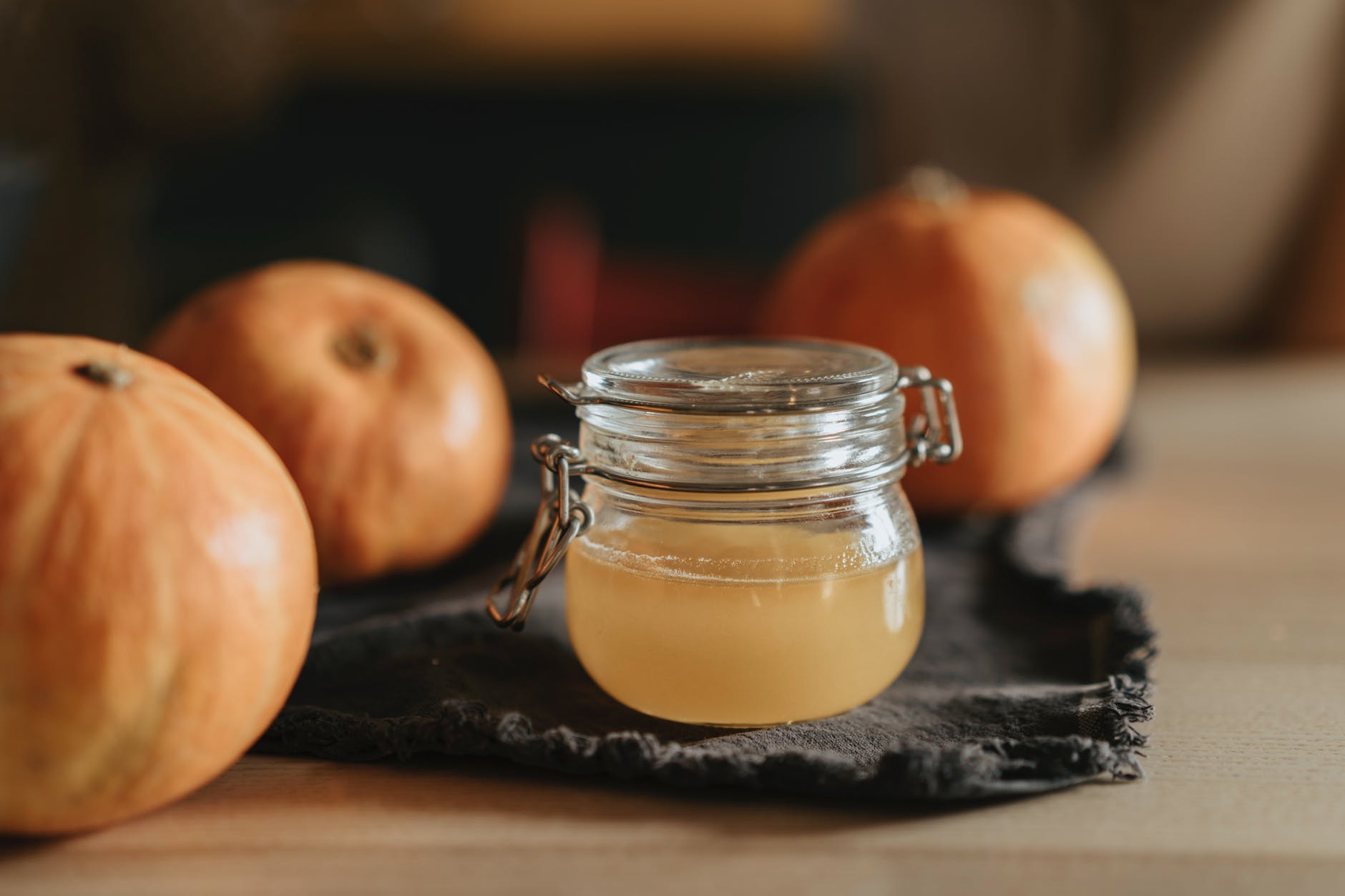
Fermented fruit juices have been gaining popularity for their unique flavors and potential health benefits. These probiotic-rich beverages offer a refreshing twist to traditional fruit juices and provide a natural source of beneficial bacteria that can support gut health. In this blog post, we’ll explore the art of fermenting fruit juices and share five DIY recipes that you can try at home. Get ready to embark on a fermentation journey and discover the delicious world of fermented fruit juices!
1. 🍇 Berry Kefir: Tangy and Probiotic-Rich 🌿🍓
To make berry kefir, you’ll need fresh berries of your choice, water, and kefir grains. In a glass jar, mash the berries and add water, leaving some headspace. Add the kefir grains to the mixture and cover the jar with a breathable cloth or a coffee filter secured with a rubber band. Allow the mixture to ferment at room temperature for 24-48 hours, or until it reaches your desired level of tanginess. Once fermented, strain out the kefir grains and refrigerate the berry kefir. Enjoy this tangy and probiotic-rich beverage on its own or use it as a base for smoothies.
2. 🍋 Citrus Kvass: Zesty and Invigorating 🌞🍊
Citrus kvass is a refreshing fermented drink made with citrus fruits, water, and a little bit of salt. Slice your choice of citrus fruits, such as lemons, oranges, or grapefruits, and place them in a glass jar. Add water and a pinch of salt, then cover the jar with a breathable cloth or a coffee filter. Allow the mixture to ferment at room temperature for 2-3 days, stirring daily. The resulting kvass will have a tangy and zesty flavor, perfect for quenching your thirst on a hot day.
3. 🍏 Apple Cider Vinegar: Fermenting Apples into a Tangy Elixir 🍎🔬
Transforming fresh apples into homemade apple cider vinegar is a rewarding fermentation project. Start by chopping apples and placing them in a glass jar. Add water and a little bit of sugar to kick-start the fermentation process. Cover the jar with a breathable cloth or a coffee filter and let it ferment at room temperature for several weeks, stirring occasionally. Over time, the natural sugars in the apples will convert to acetic acid, giving the apple cider vinegar its tangy taste and health-promoting properties. Once fermented, strain out the apple solids and store the apple cider vinegar in a clean bottle.
4. 🍒 Cherry Jun: A Cherry-Fueled Fermentation Adventure 🌸🍒
Cherry jun is a variation of traditional jun, a fermented tea beverage. Start by brewing a batch of green tea and letting it cool to room temperature. In a glass jar, combine the green tea with fresh cherry juice and a SCOBY (symbiotic culture of bacteria and yeast). Cover the jar with a breathable cloth or a coffee filter and let it ferment at room temperature for 1-2 weeks. The result is a slightly effervescent and tangy beverage with a cherry twist. Strain out the SCOBY and refrigerate the cherry jun for a refreshing and probiotic-rich treat.
5. 🍓 Strawberry Water Kefir: Bubbly and Refreshing 🍓💧
To make strawberry water kefir, you’ll need water kefir grains, fresh strawberries, water, and a little bit of sugar. In a glass jar, mash the strawberries and add water and sugar, leaving some headspace. Add the water kefir grains and cover the jar with a breathable cloth or a coffee filter. Allow the mixture to ferment at room temperature for 24-48 hours, or until it becomes fizzy. Strain out the kefir grains and transfer the strawberry water kefir to a bottle. Refrigerate and enjoy this bubbly and probiotic-rich beverage as a healthy alternative to soda.
Analysis:
Fermented fruit juices offer a delicious and probiotic-rich alternative to traditional fruit juices. The fermentation process enhances the flavor and introduces beneficial bacteria that can support gut health. Experiment with these DIY recipes to create your own fermented fruit juices and explore the world of probiotic beverages. As fermentation involves natural processes, it’s important to maintain clean and sanitary conditions throughout the process to avoid contamination.








